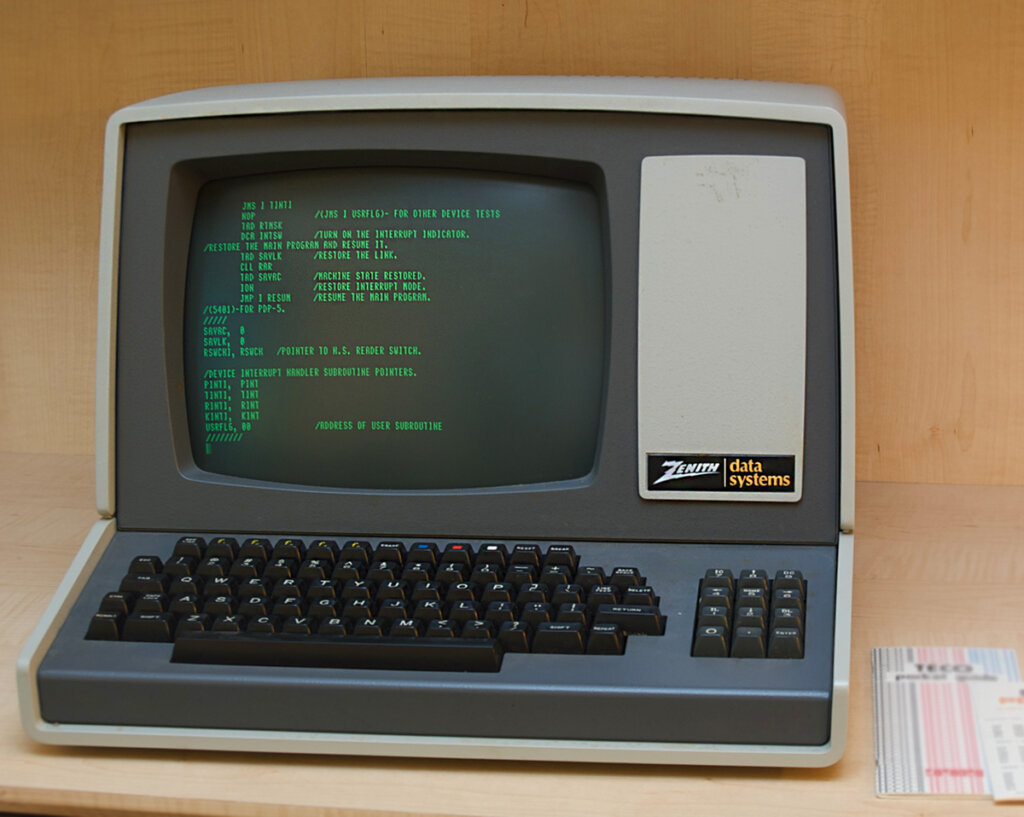Things to Consider When Weighing What Systems to Revamp or Refurbish

Unreadable data, lethargic load times, unmanageable maintenance, unsupported software, high security risks and shoddy service. These are just a few symptoms that plague governments as they struggle to modernize their antiquated systems.
The difficulties act as both a constraint and catalyst, fueling an industry push for contemporary technologies found in the cloud and Software-as-a-Service solutions. Evidence of this wave of IT revitalization can be found in a survey conducted by the National Association fo State Chief Information Officers (NASCIO). Since 2013, NASCIO has reported that state CIOs have consistently ranked cloud services, cybersecurity, and IT consolidation and optimization as their top three priorities, all categories that are deeply tied to the modernization of legacy IT systems.
Bo Reese, NASCIO president and Oklahoma’s CIO said in a release that CIOs priorities in 2018 reaffirmed their commitment to this kind of digital transformation.
“Data management and analytics, cloud solutions and certainly security are demanding our attention,” Reese said. “Unification of services will drive the need to improve data management discipline, enterprise governance and optimization.”
Even with seemingly broad support in the public sector, progress can be slow. This is can be due to budget constraints, CIOs unable to cover the costs of massive infrastructure overhaul; or the obstacles can arise from unforeseen technical troubles. The research firm McKinsey & Company evaluated legacy IT modernization in the private and public sectors and found more often than not, problems come when IT departments lack a strategic vision for modernization, upgrading tools piecemeal without reviewing how systems fit into their larger IT portfolios and services.
For example, if a city has a suite of service applications that can’t integrate into the cloud, their code must be refactored raising costs; and if a department’s staff are not properly trained to maintain services that operate within the cloud, this also raises unforeseen barrier and costs.
McKinsey called this lack of foresight the “lift and shift” method, where much is left to chance.
“Just taking legacy applications and moving them to the cloud will not automatically yield the benefits that cloud infrastructure and systems can provide,” the report notes. “In fact, in some cases, that approach can result in IT architectures that are more complex, cumbersome, and costly than before.”
While cloud spending is estimated to rise by more six times the rate of general IT, McKinsey noted that complications for legacy modernization have contributed to low overall service adoption. On average, it observed only 20 percent of an organization’s IT software services are cloud based.
While a full cost analysis and IT audit is likely needed to develop a modernization plan, here are six factors to consider when prioritizing which legacy systems should be upgraded and which should not.
Legacy IT Priorities
1. Critical services – Whether it’s technology that supports first responders or record systems to manage and enforce building code violations, some services cannot be overlooked. Such vital IT services should receive a top consideration for modernization efforts since they represent core services that sustain and support daily life in a community.
2. Cybersecurity vulnerability – With sophisticated attacks and new malware popping up daily, ensuring cybersecurity is paramount. If an aging system represents a major security risk for a jurisdiction, this may merit an upgrade to prevent service failures, sizable repair costs and potential legal liabilities connected with the safety of resident data.
3. Legal compliance – When new laws are made and regulations are tightened, this often calls for new technologies. An example of this is the legalization of cannabis and short term rental apps like Airbnb. When industries gain legitimacy through legislation, they often prompt jurisdictions to invest in new solutions.
4. Revenue generating services – Sometimes you may be forced to modernize, and in other times it may just be beneficial. When cities have more efficient licensing and permitting systems, for instance, Accela has seen that our government customer can generate more revenue through quick fee collection and save money from reduced staff time spent processing applications.
5. IT Support — Another factor to consider is the expected life span of a system. If it’s scheduled to sunset soon, and a vendor is ending its support and maintenance services, this may be a call to modernize to avoid inflated IT support costs from outside contractors or from internal IT labor costs.
6. Staff turnover — Some legacy systems are cared for by staff nearing retirement. These long-time employees have skills that may be difficult and pricey to find in the modern IT market. Further, new staff are unlikely to invest their time to learn older skillsets and coding languages that are not relevant for their career growth. If this is the case in your IT department, it may be time to modernize.



